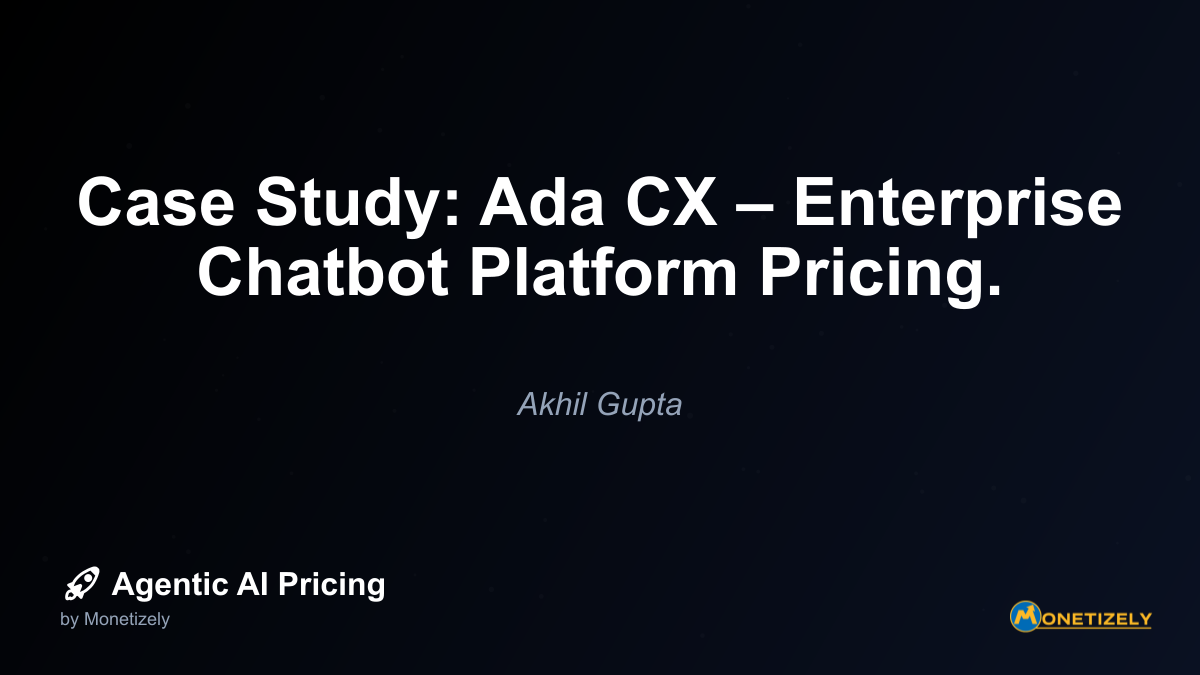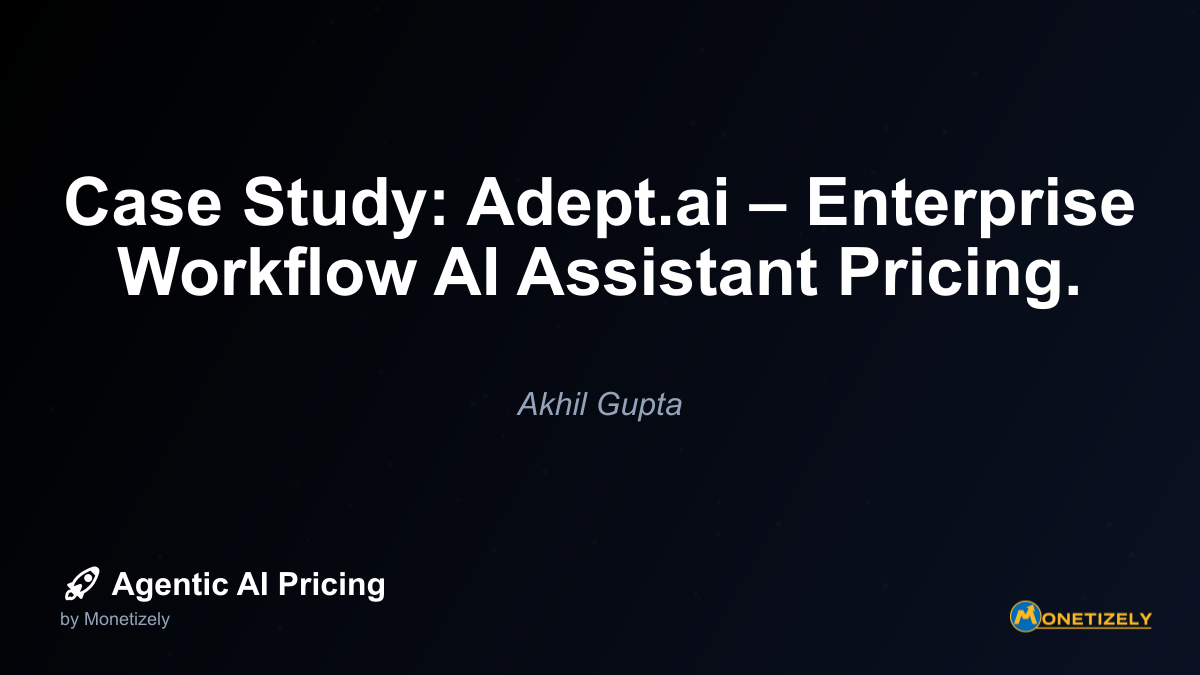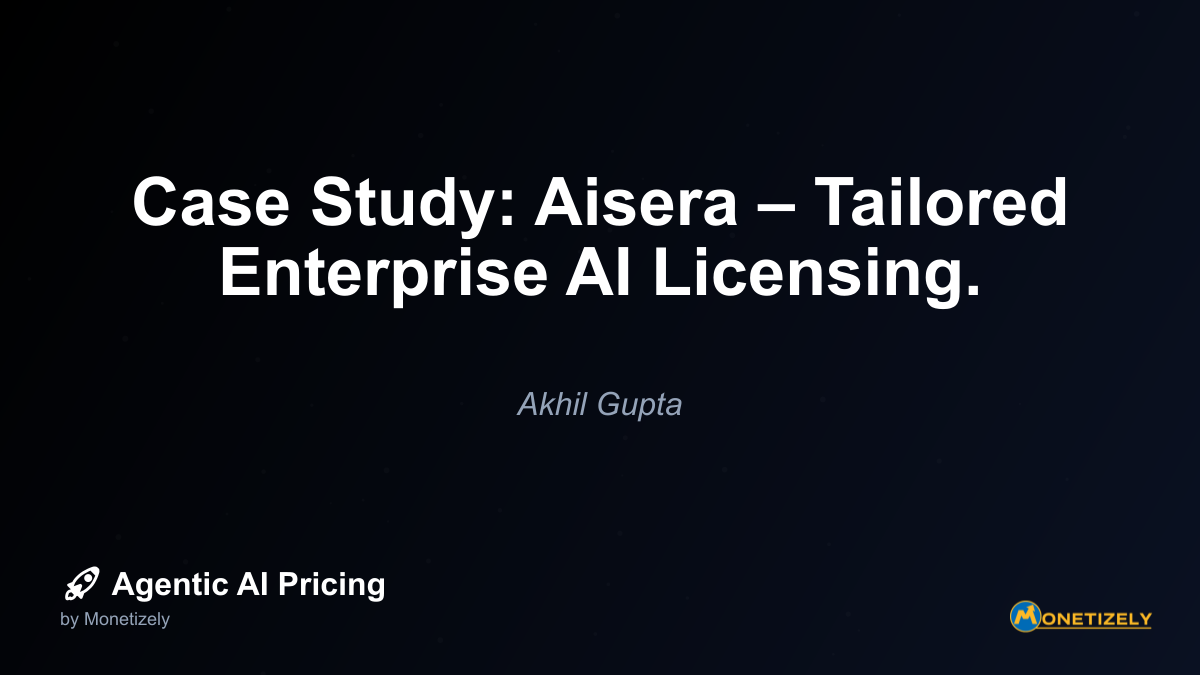· Ajit Ghuman · Case Studies · 6 min read
Case Study: Adobe Firefly – Generative AI Credits in Subscriptions.
AI and SaaS Pricing Masterclass
Learn the art of strategic pricing directly from industry experts. Our comprehensive course provides frameworks and methodologies for optimizing your pricing strategy in the evolving AI landscape. Earn a professional certification that can be imported directly to your LinkedIn profile.

Market Response and Competitive Positioning
Since its introduction, Adobe’s credit-based approach to Firefly has garnered significant attention from both users and industry analysts. The market response provides valuable insights for other companies considering similar models.
User Reception
User response to the credit system has been mixed but generally positive:
- Existing subscribers appreciate the added value without immediate additional costs
- Occasional AI users find the bundled credits sufficient for their needs
- Heavy AI users have expressed some frustration about needing to purchase additional credits
- New users are attracted by the opportunity to access AI features within familiar creative tools
The tiered approach has successfully segmented the market, allowing different user types to engage with the technology according to their needs and willingness to pay.
Competitive Landscape
Adobe’s approach positions Firefly uniquely in the competitive landscape:
- Unlike pure AI art generators that charge for every generation, Adobe offers substantial value within existing subscriptions
- Compared to design tools with unlimited AI features but higher subscription costs, Adobe provides more flexibility for occasional users
- Against free AI generators with watermarks or quality limitations, Adobe offers professional-grade output and integration with professional workflows
This positioning reflects Adobe’s understanding of their core customer base – creative professionals who need reliable tools but may have varying needs for AI assistance.
For more insights on how Adobe’s approach compares to other creative AI pricing models, you might find this article on breaking down Adobe’s creative AI agent pricing models particularly valuable.
Lessons for Other SaaS Companies
Adobe’s implementation of Firefly offers several key lessons for other SaaS companies considering generative AI integration:
1. Leverage Existing Relationships
Rather than creating entirely new products, Adobe built AI capabilities into existing tools where users already have established workflows. This reduced adoption friction and leveraged existing customer relationships.
2. Balance Accessibility with Monetization
The credit system strikes a balance between making AI accessible to all users while establishing a framework for monetizing heavy usage. This “try before you buy” approach accelerates adoption while preserving revenue potential.
3. Align Pricing with Value Perception
By using credits rather than direct dollar amounts, Adobe created flexibility to price different AI operations according to their perceived value rather than just computational cost. This value-based approach supports premium pricing for high-impact features.
4. Create Natural Segmentation
The credit system naturally segments users based on their AI needs without forcing artificial tier distinctions. Light users stay within their allocation while heavy users self-select into purchasing additional credits.
5. Establish Consumption Awareness
The credit system educates users about the resources required for AI operations, preparing them psychologically for the reality that these capabilities have real costs that must eventually be covered through monetization.
Companies looking to implement similar models should consider how these lessons might apply to their specific product context and customer base. The right balance will depend on competitive positioning, customer expectations, and the strategic role of AI within the product portfolio.
Future Evolution of Adobe’s AI Pricing Strategy
While Adobe’s current credit-based approach represents a sophisticated initial strategy, we can anticipate several potential evolutions as the market matures:
Potential Credit Allocation Adjustments
As Adobe gathers more usage data and better understands the actual costs and value of different AI operations, we may see adjustments to:
- The number of credits included in different subscription tiers
- The credit cost of different operations
- The pricing of supplemental credit packages
- The introduction of “rollover” or banking mechanisms for unused credits
Expanded AI Capabilities and Pricing
As Firefly’s capabilities expand, Adobe will likely introduce:
- New AI features with appropriate credit pricing
- Specialized credit packages for specific use cases
- Enterprise-focused credit pool management
- Integration with Adobe’s existing enterprise licensing framework
Response to Competitive Pressures
As competitors introduce their own AI capabilities with various pricing models, Adobe may need to:
- Adjust credit allocations to remain competitive
- Create specialized bundles for particular market segments
- Introduce promotional credit offers for new subscribers
- Develop migration paths from competing AI tools
For businesses considering their own AI pricing strategies, comparing subscription versus usage-based AI pricing models can provide valuable context for making these decisions.
Implementing a Credit-Based System: Practical Considerations
For companies inspired by Adobe’s approach and considering implementing their own credit-based system for AI features, several practical considerations should be addressed:
Technical Implementation Requirements
A successful credit system requires robust backend infrastructure:
- Real-time credit tracking and management
- Secure payment processing for additional credits
- User-facing dashboards showing credit status
- Administrative tools for managing credits across organizations
- Analytics to track usage patterns and optimize allocations
User Experience Design
The credit system must be transparent and intuitive:
- Clear indicators of remaining credits
- Straightforward explanations of credit consumption
- Seamless purchasing flows for additional credits
- Appropriate notifications about credit status
- Educational materials about the value of different AI operations
Pricing Strategy Considerations
Determining the right credit allocations and pricing requires careful analysis:
- Competitive benchmarking against similar AI tools
- Understanding of actual computational costs
- Analysis of different user segments and their needs
- Consideration of perceived value versus actual cost
- Testing different allocations with user groups
Organizational Alignment
Implementing a credit system requires alignment across teams:
- Product teams must integrate credit tracking into features
- Marketing must effectively communicate the value proposition
- Sales needs to understand how to position the credit system
- Finance must account for both subscription and credit revenue
- Customer support must be prepared to address credit-related questions
Conclusion: The Strategic Significance of Adobe’s Approach
Adobe’s implementation of Firefly with a credit-based pricing model represents a sophisticated approach to the challenge of integrating and monetizing generative AI within established software products. Rather than treating AI as either a premium add-on or a free feature, Adobe has created a hybrid model that adds immediate value while establishing a framework for sustainable monetization.
This approach recognizes several fundamental realities about generative AI:
- AI features have real computational costs that scale with usage
- Different users have dramatically different needs for AI assistance
- Users need to experience AI value before committing to additional purchases
- Integrating AI into existing workflows creates more value than standalone tools
By addressing these realities through a credit-based system, Adobe has positioned itself to capture value from AI while accelerating adoption across its user base. The system creates a natural path from experimentation to committed usage without disrupting the core subscription model that has served the company well.
For other SaaS companies considering their own AI pricing strategies, Adobe’s approach offers a valuable case study in balancing accessibility with monetization. While the specific credit allocations and pricing may not transfer directly to other contexts, the underlying principles of bundling initial value while establishing a framework for usage-based charges represent a powerful template for sustainable AI monetization.
As the generative AI landscape continues to evolve, Adobe’s credit-based model provides a flexible framework that can adapt to changing costs, capabilities, and competitive pressures. This adaptability, combined with the natural user segmentation it creates, positions Adobe well for the ongoing AI revolution in creative tools.
Co-Founder & CEO
Ajit is the author of Price To Scale, a top book on SaaS Pricing and is the Founder of Monetizely. Ajit has led and worked in pricing and product marketing at firms like Twilio, Narvar and Medallia. His work has been featured in Forbes and VentureBeat. Ajit regularly consults with software companies from Seed stage to post-IPO on pricing strategy. Ajit is also a highly-rated co-instructor for 'The Art of SaaS Pricing and Monetization' on Maven.
Pricing Strategy Audit
Let our experts analyze your current pricing strategy and identify opportunities for improvement. Our data-driven assessment will help you unlock untapped revenue potential and optimize your AI pricing approach.




